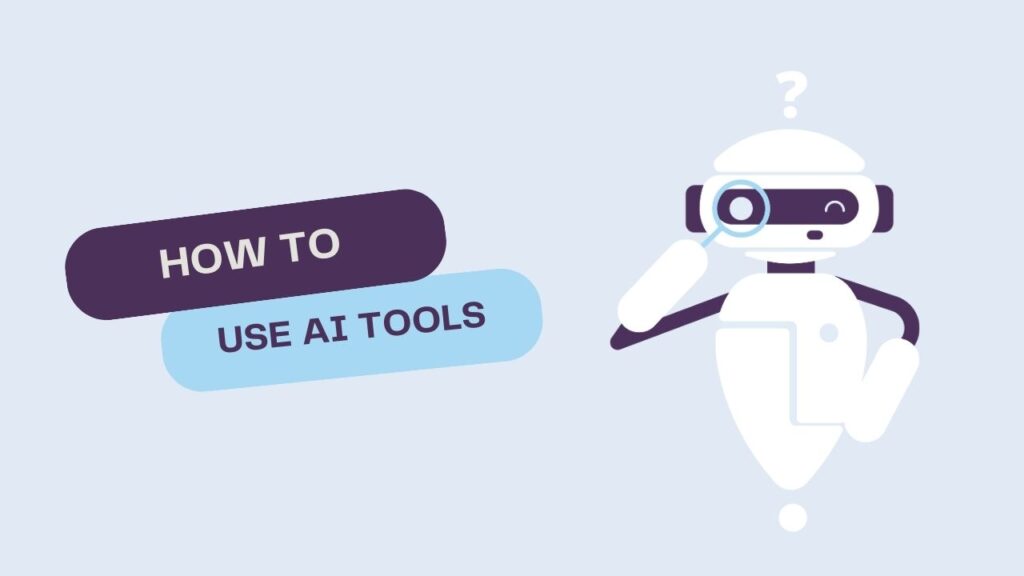
Artificial Intelligence (AI) has become a cornerstone of modern technology, revolutionizing industries and driving innovation. From healthcare to finance, AI software development is reshaping how businesses operate and how solutions are provided to complex problems. This article explores the landscape of AI software development, its processes, applications, and future trends.
Understanding AI Software Development
1. What is AI?
Artificial Intelligence refers to the simulation of human intelligence in machines programmed to think, learn, and problem-solve like humans. AI encompasses various technologies, including machine learning, natural language processing, robotics, and computer vision.
2. Key Components of AI:
- Machine Learning (ML): A subset of AI that involves training algorithms to make predictions or decisions based on data. Techniques include supervised learning, unsupervised learning, and reinforcement learning.
- Deep Learning: A type of ML that uses neural networks with many layers (deep neural networks) to model complex patterns in data.
- Natural Language Processing (NLP): Enables machines to understand, interpret, and respond to human language.
- Computer Vision: Allows machines to interpret and make decisions based on visual input from the world.

The AI Software Development Process
1. Problem Definition:
The first step in AI software development is defining the problem to be solved. This involves understanding the business requirements, identifying the goals, and determining how AI can provide a solution.
2. Data Collection and Preparation:
AI models require large amounts of data to learn and make accurate predictions. Data collection involves gathering relevant datasets, which may include structured data (databases) or unstructured data (text, images). Data preparation includes cleaning, normalizing, and transforming data into a format suitable for training models.
3. Model Selection and Training:
Based on the problem and data, developers choose an appropriate AI model. This could range from simple linear regression models to complex deep learning networks. The chosen model is then trained on the prepared data, allowing it to learn patterns and make predictions.
4. Model Evaluation:
After training, the model’s performance is evaluated using a separate validation dataset. Metrics such as accuracy, precision, recall, and F1 score help determine how well the model performs and whether it meets the desired criteria.
5. Deployment:
Once the model is trained and evaluated, it is deployed into a production environment where it can make real-time predictions or decisions. This involves integrating the model into existing software systems and ensuring it operates efficiently and securely.
6. Monitoring and Maintenance:
AI models require continuous monitoring to ensure they remain accurate and relevant. This involves tracking their performance, updating models with new data, and retraining them as needed to adapt to changing conditions.
Applications of AI Software Development
1. Healthcare:
AI is revolutionizing healthcare with applications such as diagnostic tools, personalized medicine, and predictive analytics. AI-powered systems can analyze medical images, predict disease outbreaks, and assist in drug discovery.
2. Finance:
In the financial sector, AI is used for fraud detection, algorithmic trading, credit scoring, and customer service. Machine learning models analyze transaction data to identify suspicious activities and automate trading strategies for better returns.
3. Retail:
AI enhances the retail experience through personalized recommendations, inventory management, and demand forecasting. NLP-powered chatbots provide customer support, while computer vision helps with visual search and automated checkouts.
4. Manufacturing:
AI optimizes manufacturing processes by enabling predictive maintenance, quality control, and supply chain management. Robotics and automation driven by AI improve efficiency and reduce operational costs.
5. Transportation:
Self-driving cars, route optimization, and traffic management systems are some applications of AI in transportation. Machine learning algorithms analyze traffic patterns and optimize routes for better fuel efficiency and reduced congestion.
6. Education:
AI-powered educational tools offer personalized learning experiences, automate grading, and provide insights into student performance. Adaptive learning platforms adjust content based on individual learning styles and progress.

Future Trends in AI Software Development
1. Edge AI:
Edge AI involves running AI algorithms directly on devices at the edge of the network, such as smartphones or IoT devices, rather than relying on centralized cloud servers. This trend aims to reduce latency, improve data privacy, and enable real-time decision-making.
2. Explainable AI:
As AI models become more complex, understanding their decision-making processes becomes challenging. Explainable AI aims to make AI systems more transparent and interpretable, helping users trust and understand AI decisions.
3. AI Ethics and Governance:
With the increasing impact of AI on society, ethical considerations and governance frameworks are becoming crucial. Developing guidelines for responsible AI use, addressing bias in algorithms, and ensuring data privacy are key focus areas.
4. AI and Quantum Computing:
Quantum computing has the potential to solve complex problems that are currently infeasible for classical computers. Integrating AI with quantum computing could lead to breakthroughs in optimization, cryptography, and material science.
5. AI for Social Good:
AI is being leveraged for social good, addressing challenges such as climate change, disaster response, and poverty alleviation. AI-powered systems can analyze environmental data, predict natural disasters, and optimize resource allocation for humanitarian efforts.
AI software development is at the forefront of technological innovation, transforming industries and improving lives. From healthcare and finance to retail and education, AI applications are vast and continually evolving. As the field advances, focusing on ethical considerations, transparency, and continuous learning will be essential for harnessing AI’s full potential. By embracing these principles, we can ensure that AI remains a force for good, driving progress and solving some of the world’s most pressing challenges.